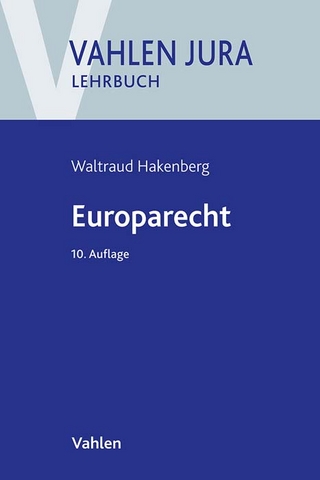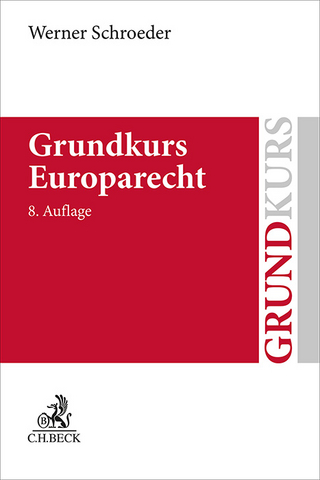
Hidden in Plain Sight
Princeton University Press (Verlag)
978-0-691-14621-8 (ISBN)
Hidden in Plain Sight tells the tragic untold story of children's rights in America. It asks why the United States today, alone among nations, rejects the most universally embraced human-rights document in history, the United Nations Convention on the Rights of the Child. This book is a call to arms for America to again be a leader in human rights, and to join the rest of the civilized world in recognizing that the thirst for justice is not for adults alone. Barbara Bennett Woodhouse explores the meaning of children's rights throughout American history, interweaving the childhood stories of iconic figures such as Benjamin Franklin with those of children less known but no less courageous, like the heroic youngsters who marched for civil rights. How did America become a place where twelve-year-old Lionel Tate could be sentenced to life in prison without parole for the 1999 death of a young playmate? In answering questions like this, Woodhouse challenges those who misguidedly believe that America's children already have more rights than they need, or that children's rights pose a threat to parental autonomy or family values.
She reveals why fundamental human rights and principles of dignity, equality, privacy, protection, and voice are essential to a child's journey into adulthood, and why understanding rights for children leads to a better understanding of human rights for all. Compassionate, wise, and deeply moving, Hidden in Plain Sight will force an examination of our national resistance--and moral responsibility--to recognize children's rights.
Barbara Bennett Woodhouse is the L.Q.C. Lamar Professor of Law and codirector of the Barton Child Law and Policy Clinic at Emory Law School. She is also the David H. Levin Chair Emeritus in Family Law at the University of Florida.
Illustrations ix Foreword by Ruth O'Brien xi Preface xv Introduction: Ain't I a Person? 1 Chapter 1: How to Think about Childhood 15 Chapter 2: How to Think about Children's Rights 29 Part 1: The Privacy Principle: Stories of Bondage and Belonging Chapter 3: Boys in Slavery and Servitude: Frederick Douglass 51 Chapter 4: Girls at the Intersection of Age, Race, and Gender: Dred Scott's Daughters 75 Chapter 5: Growing Up in State Custody: "Tony" and "John G." 93 Part 2: The Agency Principle: Stories of Voice and Participation Chapter 6: The Printer's Apprentice: Ben Franklin and Youth Speech 111 Chapter 7: Youth in the Civil Rights Movement: John Lewis and Sheyann Webb 133 Part 3: The Equality Principle: Stories of Equal Opportunity Chapter 8: Old Maids and Little Women: Louisa Alcott and William Cather 159 Chapter 9: Breaking the Prison of Disability: Helen Keller and the Children of "Greenhaven" 180 Part 4: The Dignity Principle: Stories of Resistance and Resilience Chapter 10: Hide and Survive: Anne Frank and "Liu" 213 Chapter 11: Children at Work: Newsboys, Entrepreneurs, and "Evelyn" 234 Part 5: The Protection Principle: Stories of Guilt and Innocence Chapter 12: Telling the Scariest Secrets: Maya Angelou and "Jeannie" 259 Chapter 13: Age and the Idea of Innocence: "Amal" and Lionel Tate 279 CONCLUSION: The Future of Rights 304 Notes 315 Bibliography 337 Index 349
| Erscheint lt. Verlag | 14.2.2010 |
|---|---|
| Reihe/Serie | The Public Square |
| Zusatzinfo | 11 halftones. |
| Verlagsort | New Jersey |
| Sprache | englisch |
| Maße | 146 x 229 mm |
| Gewicht | 482 g |
| Themenwelt | Recht / Steuern ► EU / Internationales Recht |
| Sozialwissenschaften ► Ethnologie | |
| Sozialwissenschaften ► Politik / Verwaltung | |
| Sozialwissenschaften ► Soziologie | |
| ISBN-10 | 0-691-14621-7 / 0691146217 |
| ISBN-13 | 978-0-691-14621-8 / 9780691146218 |
| Zustand | Neuware |
| Haben Sie eine Frage zum Produkt? |
aus dem Bereich


